Wireless Networking Concepts - Electrical Engineering Homework
VerifiedAdded on 2022/11/29
|6
|654
|121
Homework Assignment
AI Summary
This assignment solution explores key concepts in wireless networking. It begins by defining and explaining cell splitting, including its impact on network capacity and the rationale behind it. The solution then delves into network design, differentiating between cells with small and large radii, and providing the characteristics of each. The solution discusses the use of sectorized and omnidirectional antennas, along with considerations for broadcast power, scalability, frequency reuse, grade of service, and budget. The assignment considers the implications of these factors on network architecture in different environments, such as urban and rural settings. The solution provides a comprehensive overview of wireless network planning and optimization, addressing factors such as call capacity and frequency reuse, making it a valuable resource for students studying electrical engineering or related fields.
1 out of 6
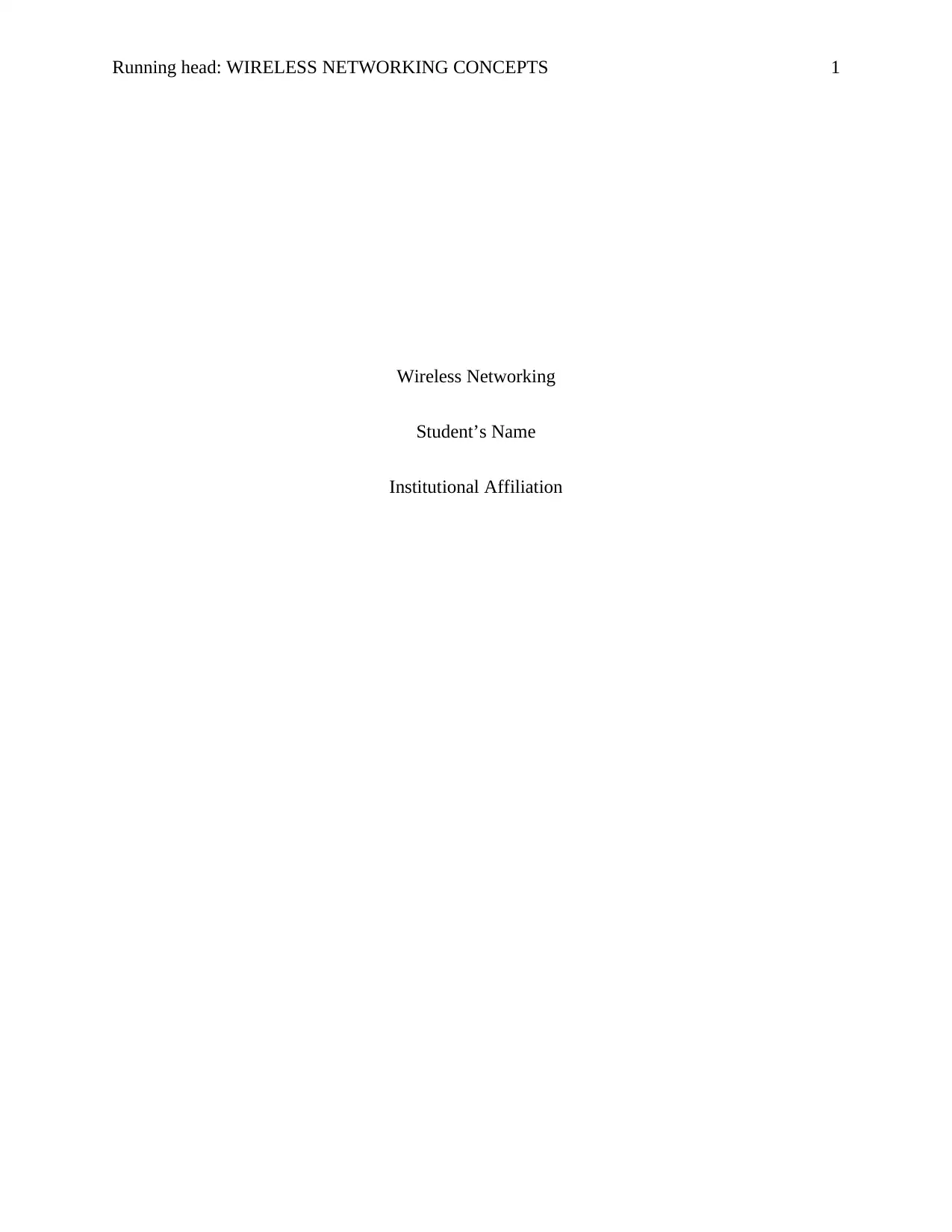
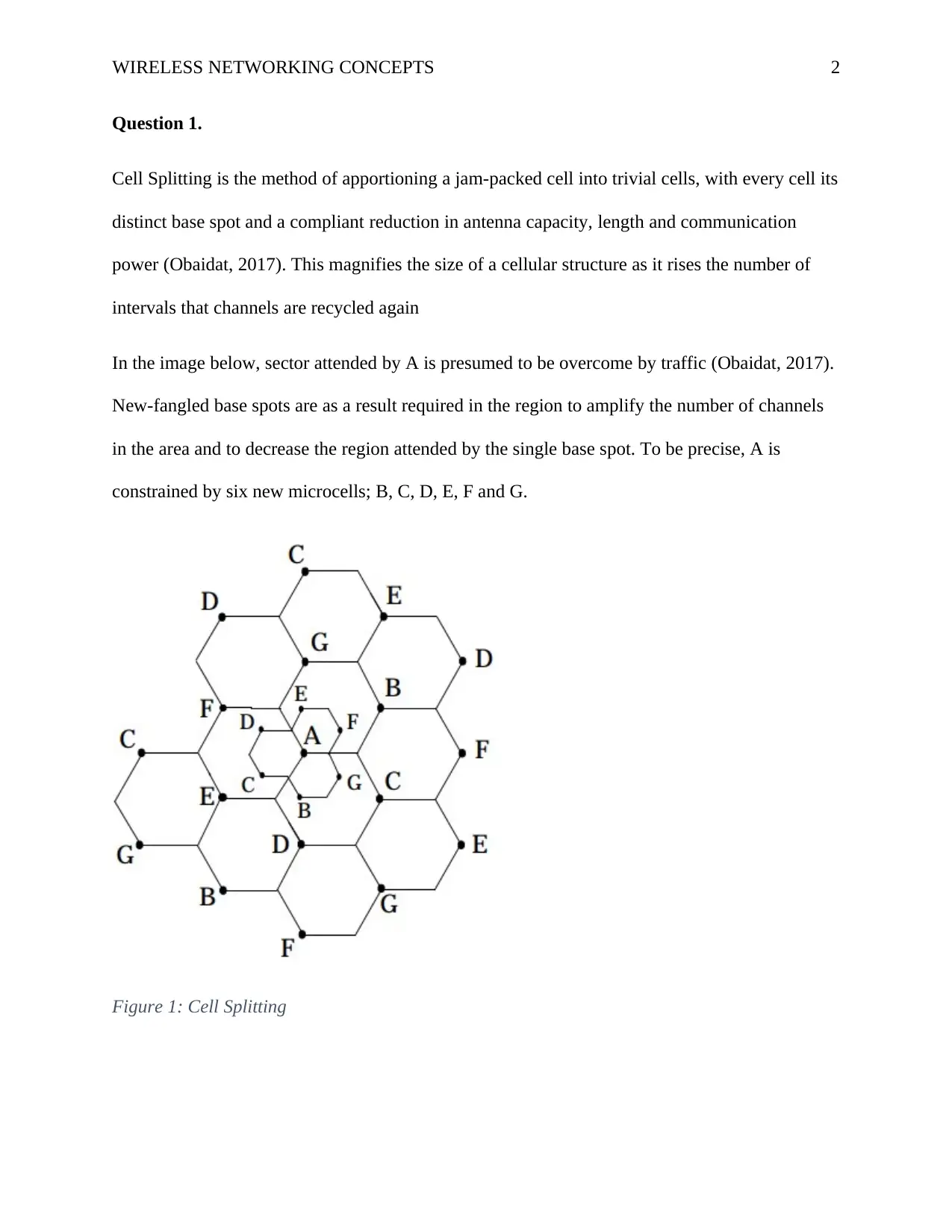
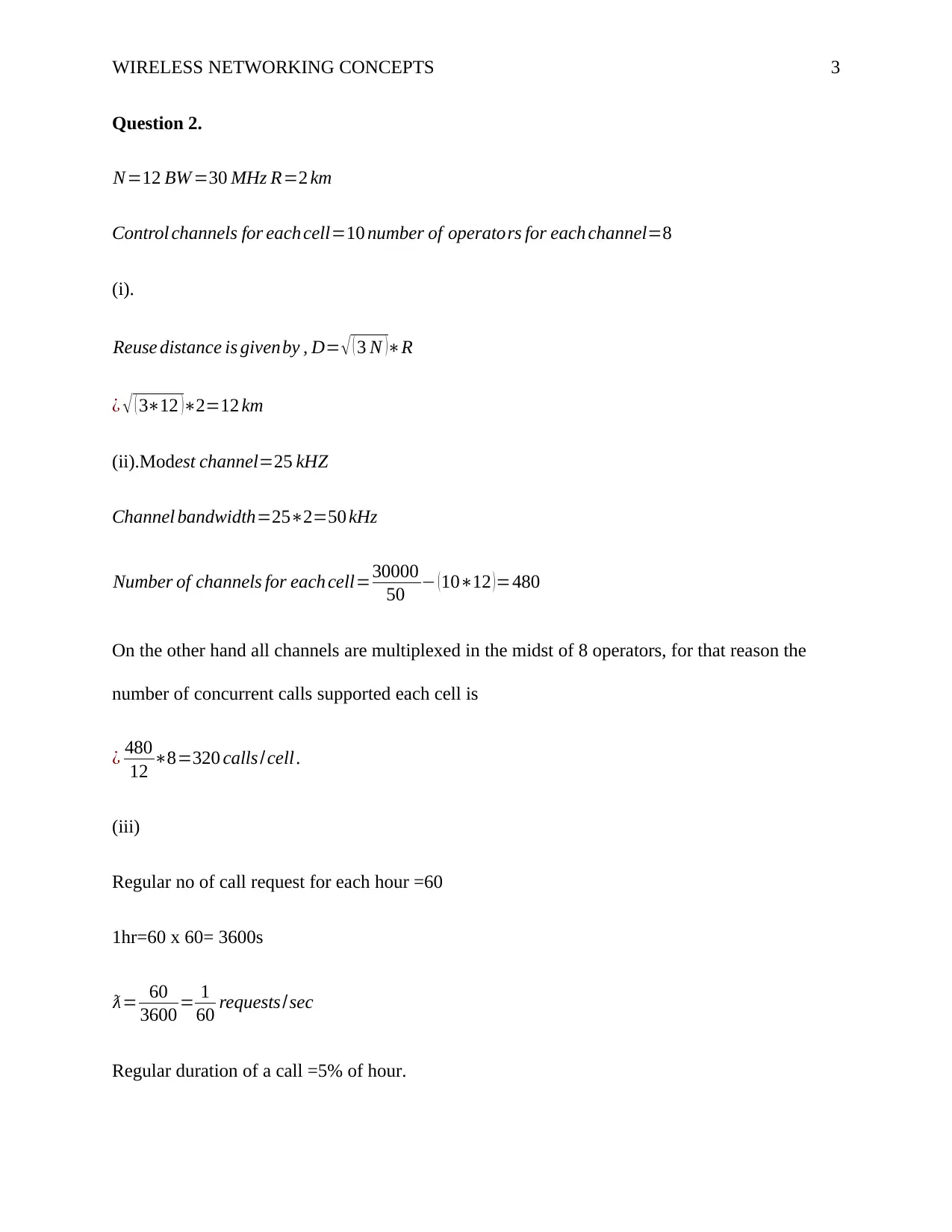

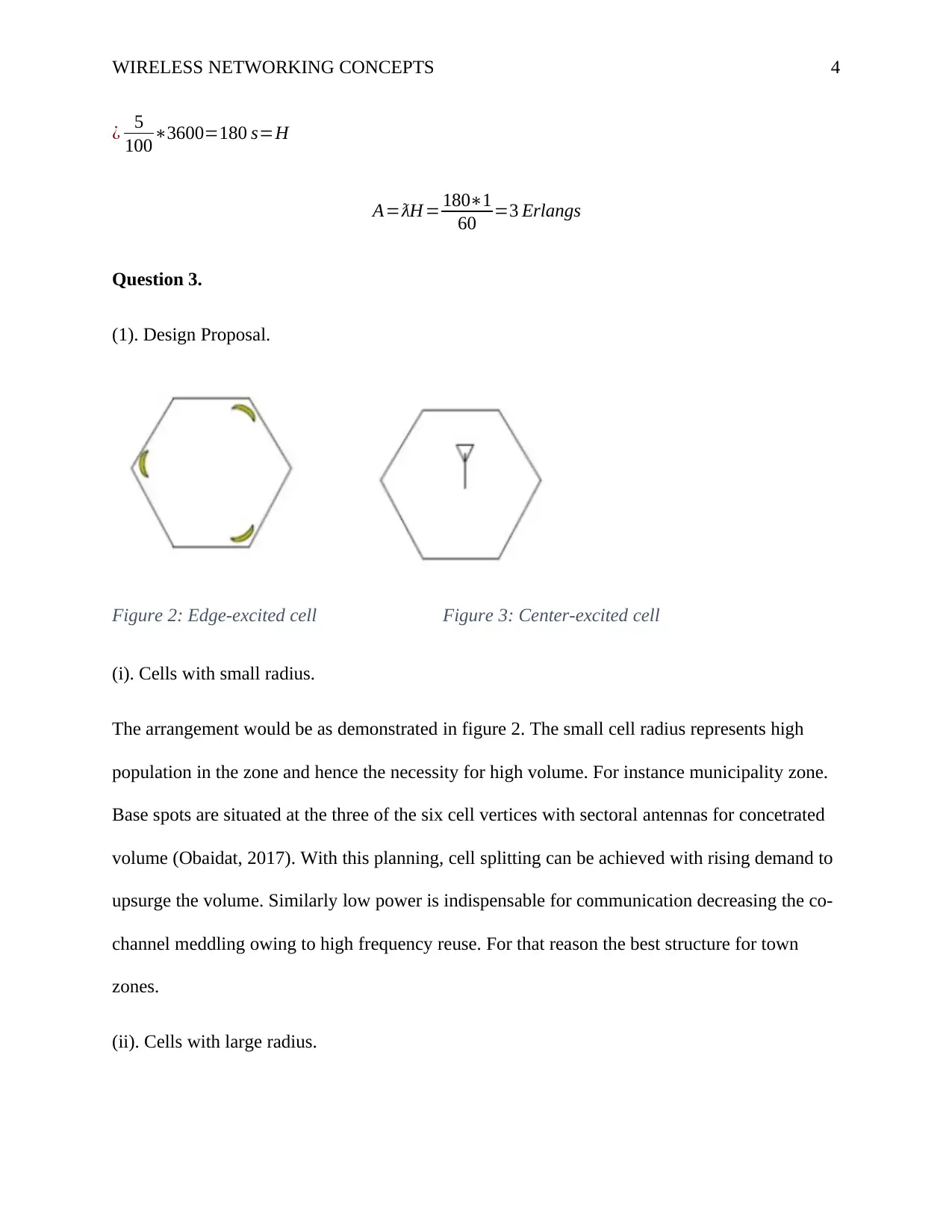
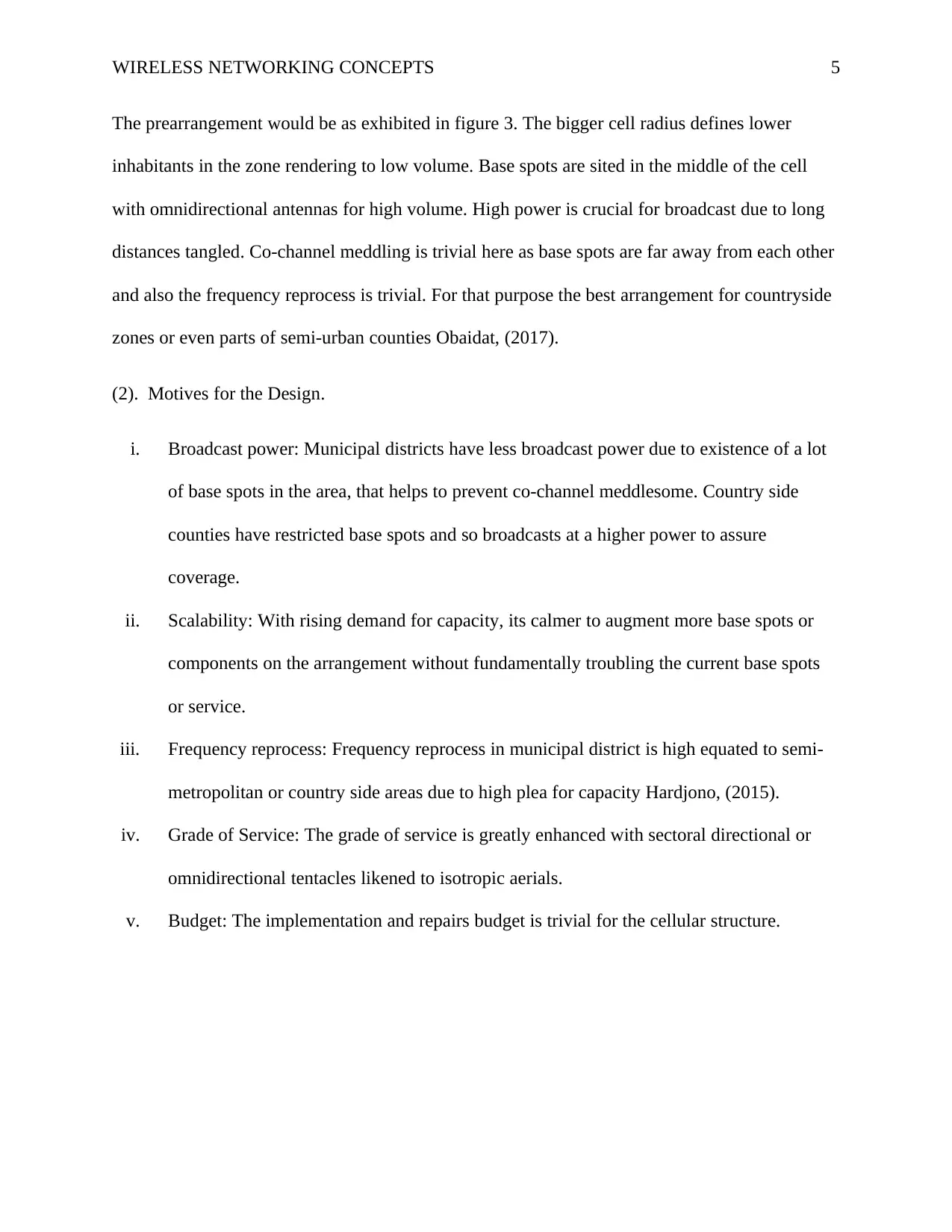
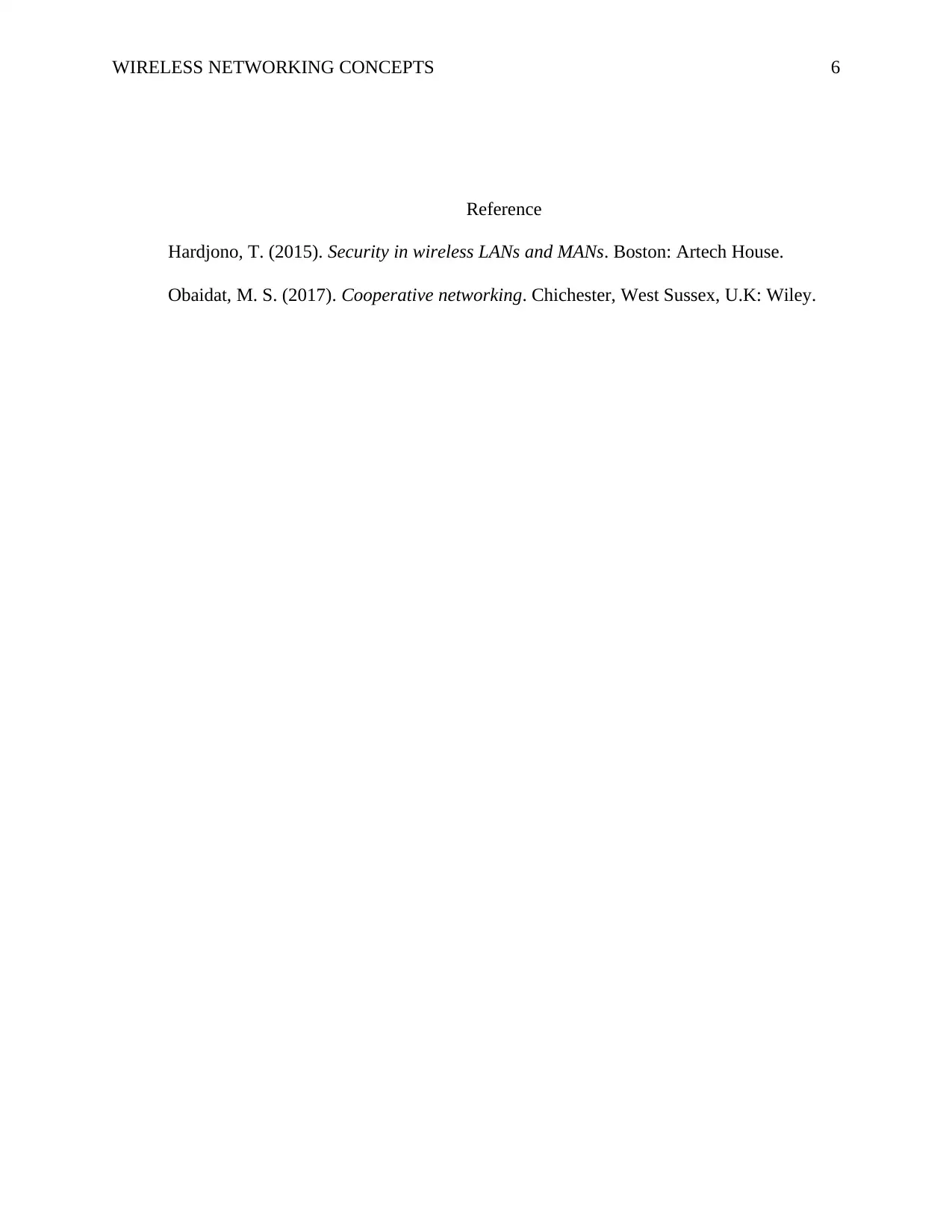






![[object Object]](/_next/static/media/star-bottom.7253800d.svg)